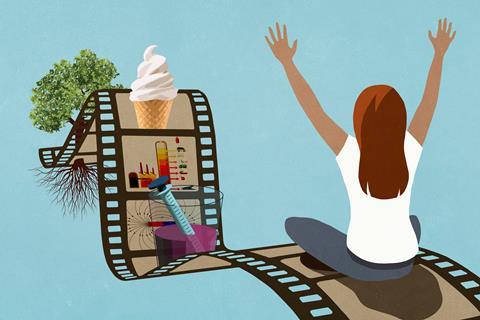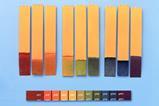5 tried-and-tested ways that videos can support your teaching and engage your students

Video content is big business. And our students are huge consumers of it, as evidenced by the popularity of Instagram and TikTok.
In 2006 when I trained as a teacher, videos were still actual video tapes (oh how I used to enjoy rewinding the childbirth video on screen). I regularly used videos in my lessons using tapes, then DVDs and eventually online clips, where my use of them dwindled.
My use of video was related to confidence in my subject knowledge and teaching out of specialism. I’m a chemist so when teaching biology or physics, videos were helpful. For those subjects, videos helped boost my rusty knowledge and students enjoyed them. Videos made the most challenging content accessible. Videos also helped me engage, through context, my applied science students who lacked science capital and struggled with the relevance of even very vocational content.
There has been an explosion of video content in recent years, from topic screencasts to career clips and popular science. I started re-engaging with recorded content during remote teaching at the start of the Covid pandemic. Now it’s time to revisit the use of videos in my regular classes. These are five ways to use video clips in lessons to support learning, all tried-and-tested in my teaching.
1. Use screencasts during disruption
Schools can be chaotic places and our carefully thought-out plans for progression through topics can easily be derailed. Individuals can be expected to catch up outside of class but whole groups of students might miss lessons for a variety of reasons. This can cause further disruption when they return. If your school has devices, set these students off on a catch-up screencast while the others continue with the learning. It’ll smooth the process of getting everyone back to the same point.
2. Make the connection to real life
Some processes in chemistry, like fractional distillation, students will only ever meet in a diagram or photograph. A video can show students the scale of processes much better and help them to connect this with real-life applications and what they see every day. I remember a student telling me they had noticed all the tall steel columns as they had passed refineries going to north Wales and now they knew what they were.
3. Navigating Johnstone’s triangle
Chemistry is a complex subject requiring different types of thinking, as described in Johnston’s triangle. Video can show these different levels, combining live action with animation, and the ability to zoom in on important details. A good video can guide students to look at the macroscopic, sub-microscopic and symbolic aspects altogether and help them to make connections between them.
4. Flip that practical work
There is always a lot to do in a practical lesson. Pre-labs have been a feature of teaching in higher education for many years; students complete these before the practical session to prepare for the hands-on work. This kind of flipped learning is something we can exploit in our teaching. Get students to watch a video of the practical or the concept for homework before the lesson so they’re primed and ready for quality experimental work. You can even set them a few questions.
5. Awe and wonder
There are some demonstrations we just cannot do in school because they are too hazardous or use kit we don’t have. However, there are numerous excellent videos showing these experiments, for example, the reactions of the more reactive elements. Seeing the latest research can also really inspire students, and I find sharing interesting processes, such as making ice cream and boiled sweets, engages them too.
Recommended videos
Try Teach Chemistry’s purpose-made videos of practical work. There are also lots of video clips of industrial processes and spectroscopy, plus the EiC series, Exhibition chemistry.
Find a video for each element in the Periodic table of videos from the University of Nottingham.
To answer some big science questions and for the opportunity to meet the scientists, check out the Oxford Sparks website.
Introduce your students to the Royal Society of Chemistry on TikTok.
Kristy Turner














No comments yet